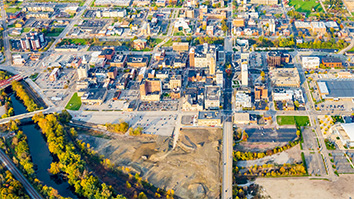Citation
Choyekh, M., Kato, N., Short, T., Ukita, M., Yamaguchi, Y., Senga, H., . . . Chiba, H. (2015). Vertical water column survey in the Gulf of Mexico using autonomous underwater vehicle SOTAB-I. Marine Technology Society Journal, 49(3), 88-101.
Abstract
Oil spills caused by accidents from oil tankers and blowouts of oil and gas from offshore platforms cause tremendous damage to the environment as well as to marine and human life. To prevent oil and gas accidentally released from deep water from spreading and causing further damage over time to the environment, early detection and monitoring systems can be deployed to the area where underwater releases of oil and gas first occurred. Monitoring systems can provide a rapid inspection of the area by detecting chemical substances and collecting oceanography data necessary for enhancing the accuracy of simulation of behavior of oil and gas. An autonomous underwater vehicle (AUV) called the Spilled Oil and Gas Tracking Autonomous Buoy system (SOTAB-I) is being developed to perform onsite measurements of oceanographic data as well as dissolved chemical substances using underwater mass spectrometry. The scope of this paper is limited to the surveying abilities of SOTAB-I in shallow water, although it also has functions for surveying in deep water. The experiment results obtained during the early deployments of SOTAB-I in the shallow water of the Gulf of Mexico in the United States are provided. Oceanographic data, such as the water column distribution of temperature, salinity, and density, as well as the dissolution of chemical substances were measured. In addition, a high-resolution water current profile was obtainable near the seabed.


